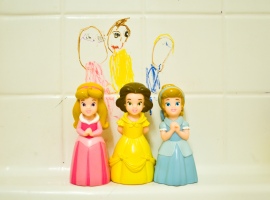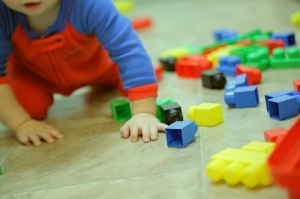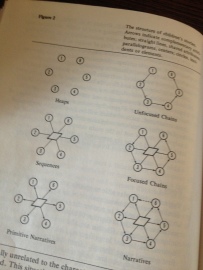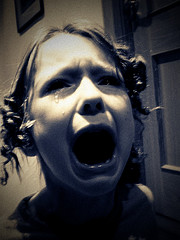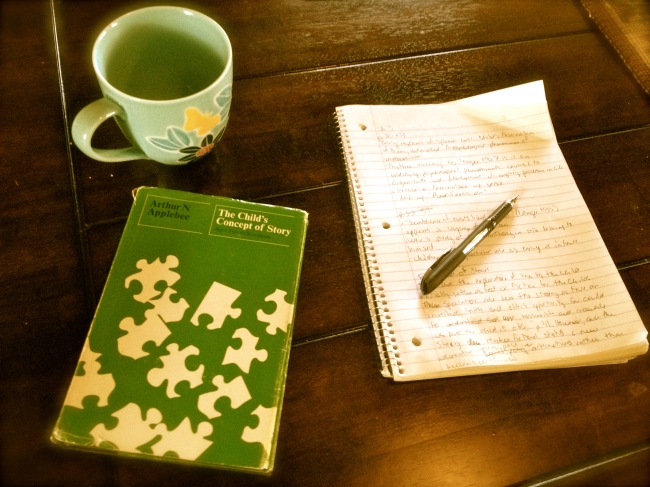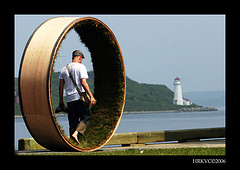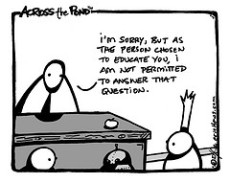There are moments we think we have things figured out. I intentionally use the term “things” to keep it vague. The “stuff” of life and the “things” we deal with are personal and often prophetic as we face our inner struggles to be more and less at the same time.
I was certain I was going to home school my daughter. I was certain I was the best for this job. I was certain I could do more with her at my house than any teacher could do with her in a classroom. I would not even entertain any other option.
Then my health came into question. The family hit survival mode. My unwavering stance began to…well..waiver. Not because I wanted to waiver. I had to waiver.
If life was perfect, I would be in control of everything. But life is not perfect. I must wave my little wrinkled white flag of surrender and admit my limits, the limits my heart wants to ignore.
We all reach that place where out of nowhere an obstacle appears in our path. I am learning that being a grown-up is often about assessing the obstacle, counting costs, and using discernment to move your feet sometimes over the obstacle and sometimes away.
My husband and I decided to put Sweet Amelia in school and actively work with the teacher and school community to encourage her growth as a person, learner, thinker, and doer. I haven’t taken a back seat, just a different one than I planned. I am just as involved, but I am involved in a different capacity.
I won’t lie. This is hard.
What’s the literacy lesson to be learned?
We must be literate of our needs as individuals and as participants in our families, friendships, and communities. I need to do what is best for Sweet Amelia, not my ego. We must learn to be literate of who we are and what we can and cannot do in the different seasons of life. This is growing up.
The sociocultural perspective of my doctorate work attempts to see each learner as fully embedded in personal, familial, societal, cultural, religious, social, and economic situations ( just to name a few). I wanted, somehow, to operate outside of this and figure out how to create the perfect opportunity for Sweet Amelia to be awesome in everything with me as her guide.
My research grows more personal today, as I reach to understand myself and my daughter as individuals in a personal, familial, societal, cultural, religious, social, and economic context. The context of life. The context teachers and students must embrace and not try to erase in the process of learning, growing, changing.
But for now, being personally literate is not about understanding every inch of myself or my daughter.
Being personally literate is accepting I haven’t read every book, and I don’t know everything.
How about you? What personal literacies are you learning today?


